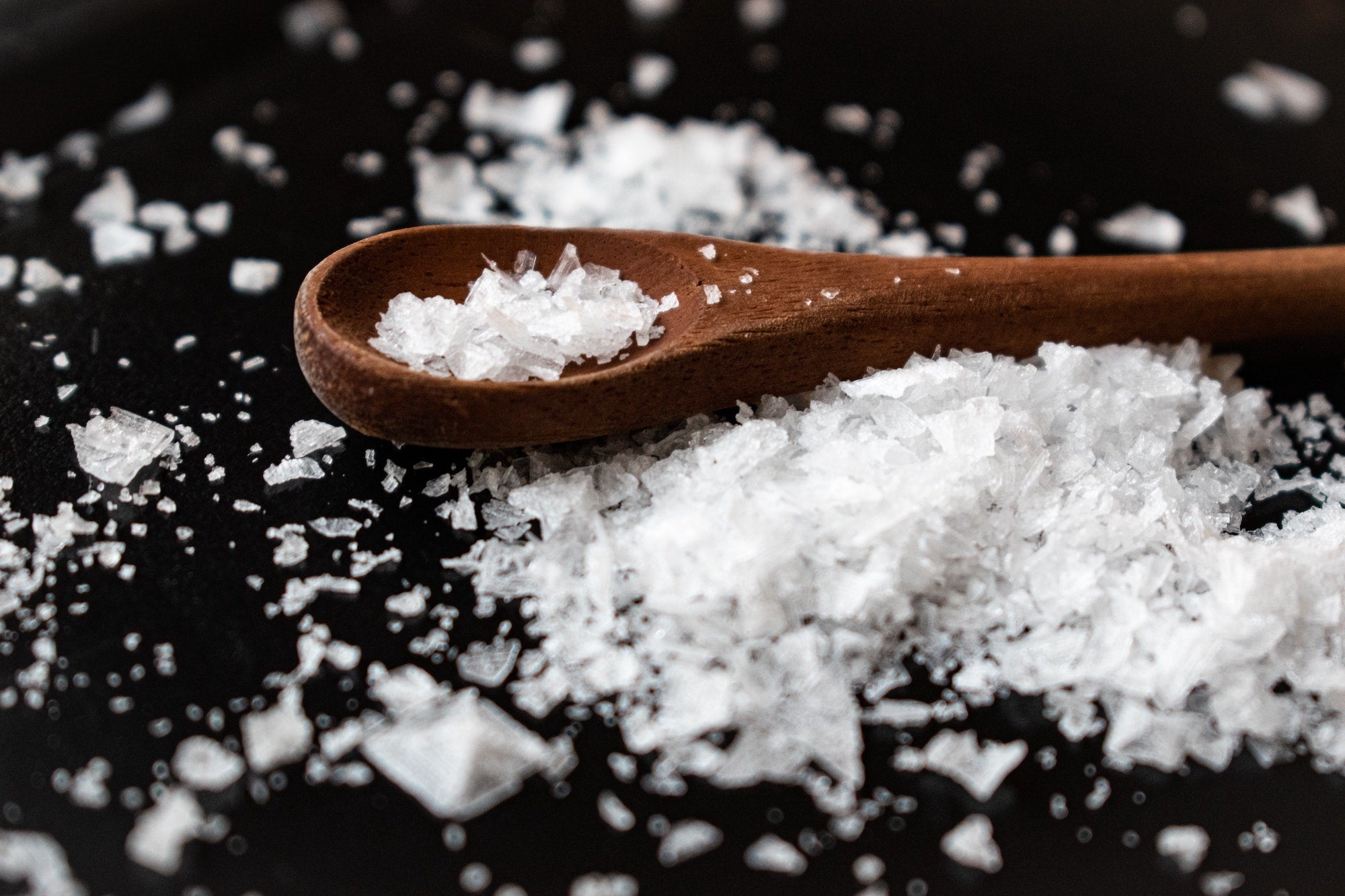Chloride is a mineral naturally found in various foods, but our main dietary source is sodium chloride, otherwise known as table salt. Chloride carries an electric charge and therefore is classified as an electrolyte, along with sodium and potassium. It helps to regulate the amount of fluid and types of nutrients going in and out of the cells. It also maintains proper pH levels, stimulates stomach acid needed for digestion, stimulates the action of nerve and muscle cells, and facilitates the flow of oxygen and carbon dioxide within cells. [1] Chloride is absorbed in the small intestine and remains in the body’s fluids and blood. Any excess amount is excreted in urine. Chloride is usually bound to sodium, and therefore the amount in blood tends to coincide with sodium levels.
Recommended Amounts
AI: Adequate intakes are used when there is insufficient evidence to develop a recommended dietary allowance (RDA), and is established at an amount that ensures nutritional adequacy. The AI for chloride for people ages 14-50 and women pregnant or lactating is 2.3 grams daily, for ages 51-70 is 2 grams daily, and for ages 71+ is 1.8 grams daily. [2]
Chloride and Health
Research is not available on the association of chloride with specific diseases or health conditions. [1]
Food Sources
Chloride is naturally found in small amounts in meat and seafood, but the main sources in the Western diet are sodium chloride, or table salt, and as an additive and preservative in processed foods.
- Table salt, sea salt, Kosher salt
- Seaweed
- Shrimp
- High-sodium processed foods including deli meats, hot dogs, cheese, and potato chips
- High-sodium condiments including soy sauce, Worcestershire sauce, ketchup
Signs of Deficiency and Toxicity
Deficiency
A chloride deficiency is extremely rare in the U.S. where the average diet is high in sodium. Most foods that contain sodium will also provide chloride. [2] A loss of chloride in the body usually accompanies conditions that cause sodium losses. These include conditions that remove too much fluid from the body, such as prolonged diarrhea, vomiting, or excessive sweating. Diuretic medications that remove fluid through the kidneys can also cause decreased chloride levels. In cases of sudden, very high levels of blood glucose such as seen in people with diabetes, the kidneys will flush more sodium and water out of the body, leading to lower chloride levels. [2]
Toxicity
Toxicity from the diet is rare in healthy people. Excess chloride levels in the blood, called hyperchloremia, can be caused by severe dehydration, diarrhea, or metabolic problems in which the blood becomes too acidic, such as with kidney disease. A high salt diet can lead to an excessive intake of sodium chloride, which is associated with elevated blood pressure.
Symptoms of toxicity:
- Muscle weakness
- High blood pressure
- Fatigue
Related
Last reviewed March 2023
Terms of Use
The contents of this website are for educational purposes and are not intended to offer personal medical advice. You should seek the advice of your physician or other qualified health provider with any questions you may have regarding a medical condition. Never disregard professional medical advice or delay in seeking it because of something you have read on this website. The Nutrition Source does not recommend or endorse any products.
